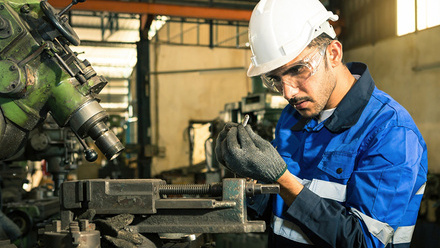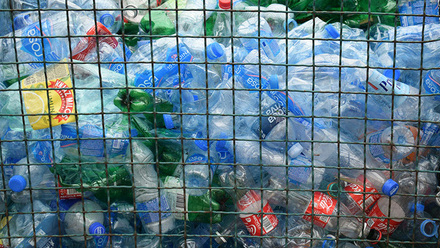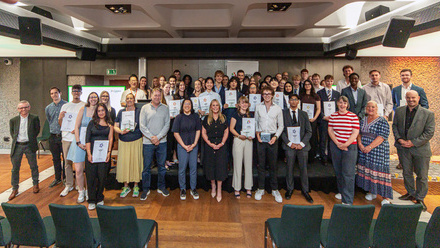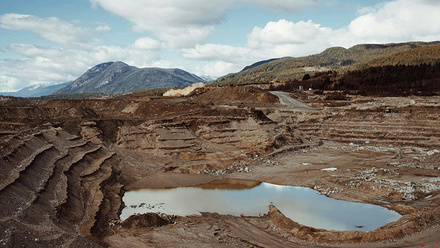Microbial fuel cells purify water
A water treatment system powered by soil microorganisms is being trialled in rural Brazil.
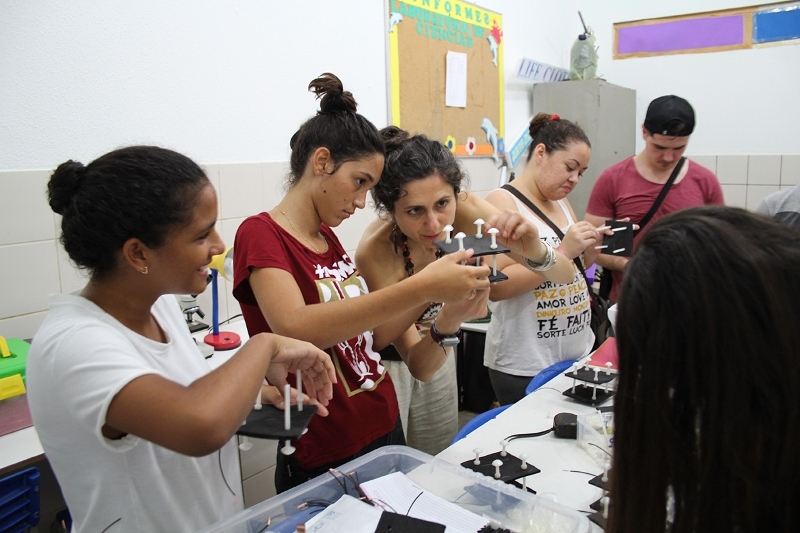
In field tests in Brazil, a soil microbial fuel cell (SMFC) has generated enough energy to filter water that satisfies a person’s daily needs, claim researchers at the University of Bath, UK. As the system works in charge/discharge cycles, it takes three hours to treat 3L of water.
Dr Mirella Di Lorenzo, Project Lead in the Department of Chemical Engineering at the University, explains that the majority of drinking water in North-East Brazil comes from purified rainwater. She says that the ‘uncontrolled chlorination’ process to treat the water can be ‘unhealthy.’
‘We want to overcome this issue by using instead an electrochemical reactor for water disinfection powered by microorganisms in the soil. The technology we propose is self-powered, affordable and sustainable. We wanted to target remote areas of the world, which are not as privileged to have a reliable source of energy and developed an affordable system for decentralised water disinfection,’ she says.
The SMFC is made up of two carbon felt sheets, interconnected with a metal wire and a resistor. The team intentionally avoided expensive materials when creating the fuel cells as it was paramount to keep the costs of the technology low, as well as ensuring that the design is easy to assemble and could be operated by anyone.
It works by using the microbes naturally found in soil. These microbes are able to transfer across their cell membrane electrons when they break down organic matter in the soil, Di Lorenzo explains. The flow of those electrons can be captured and induced by introducing an anode and a cathode. ‘The microbes grow on the anode and as they oxidise (break down) the organic matter, they generate and transfer the electrons to the electrode. These electrons flow through an external circuit to the cathode, where they get reduced by the oxygen in air, and that’s how electricity is created. Electricity is exactly this flow of electrons,’ she says.
The fuel cells have been tested in Icapuí, a fishing village in Brazil, where the inhabitants mainly rely on rainwater as their source of drinking water. Access to a stable power network is also scarce. The technology was installed at the EEF Professora Mizinha of Icapuí primary school.
Di Lorenzo shares that the pupils at the school helped set up and maintain the technology during the testing phase.
Discussing scale-up potential, Di Lorenzo says that the most effective way is to stack several units together. ‘It is very likely, that this strategy remains the most effective way to generate significant quantities of power, in which case, a more thorough understanding of the dynamics of these systems operating on a larger scale is needed, which is something we are currently working on.’
The team is also looking to optimise and control the short- and long-term performance of the fuel cells by developing alternative designs that are more space-efficient and allow for easier installation. The aim is to target households and satisfy the demand of an average-sized family.
Di Lorenzo says, ‘One of our priorities is to make the design installation-friendly, to ensure that anyone can set it up and operate it. As of now, we purchase materials off the market, and the cost of each fuel cell is approximately £3, which can be significantly reduced with mass-scale manufacturing. The maintenance of the system would be like maintaining any household plant, by monitoring the moisture of the soil every few days.’
Ancient water filtration system revealed
Researchers from the University of Cincinnati, USA, have discovered evidence of a water filtration system using natural materials for the ancient Maya in what is now northern Guatemala.
A team of anthropologists, geographers and a biologist from the University have discovered that crystalline quartz and zeolite were used at the Corriental Reservoir, which was an essential source of drinking water.
The two compounds act as a natural molecular sieve and both are used in modern filtration systems.
Kenneth Barnett Tankersley, Associate Professor of Anthropology at the University, notes that these natural filters would have removed harmful microbes, compounds rich in nitrogen, mercury, other heavy metals and other toxins from the water. ‘What’s interesting is this system would still be effective today and the Maya discovered it more than 2,000 years ago,’ says Tankersley.


